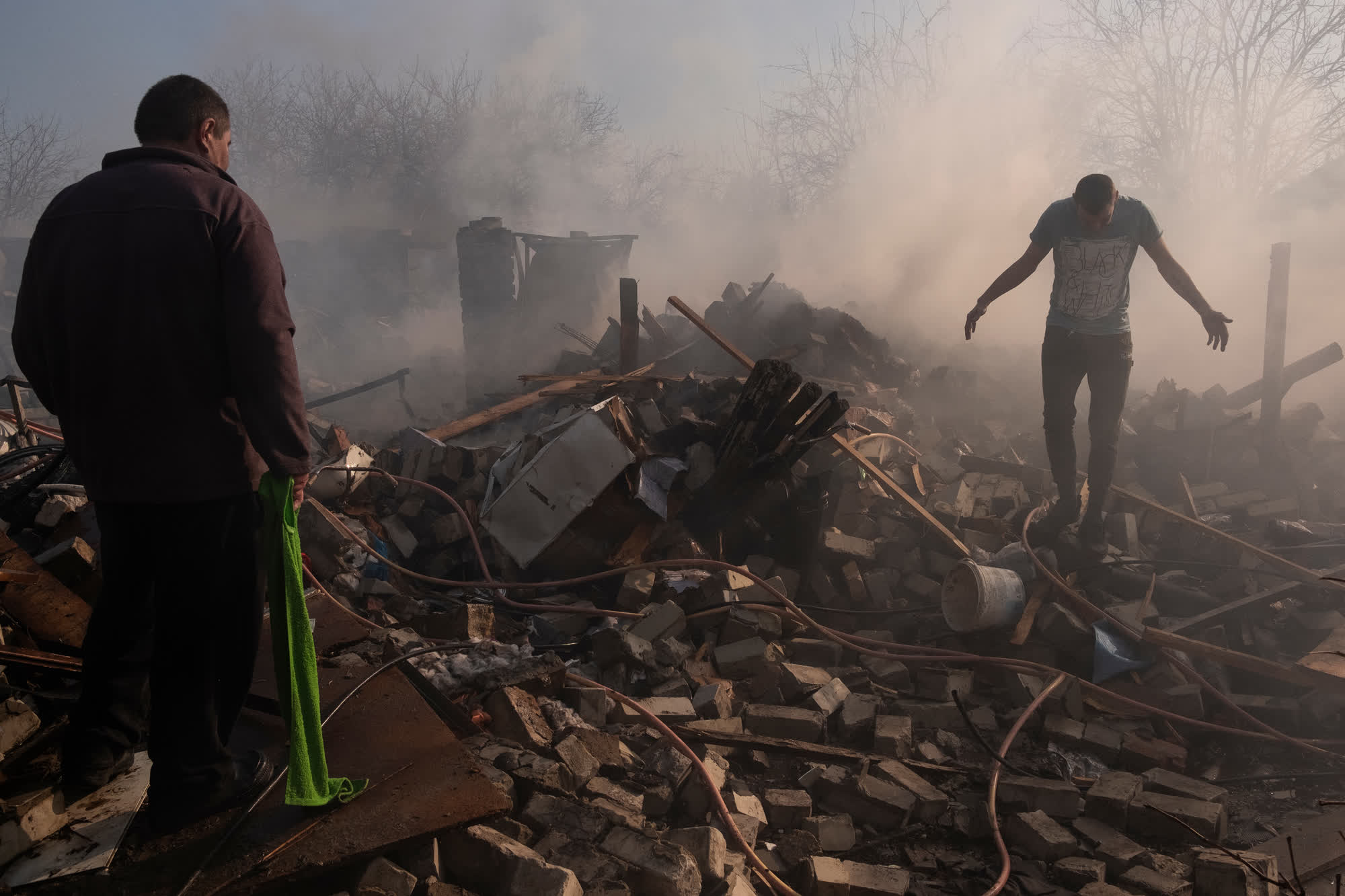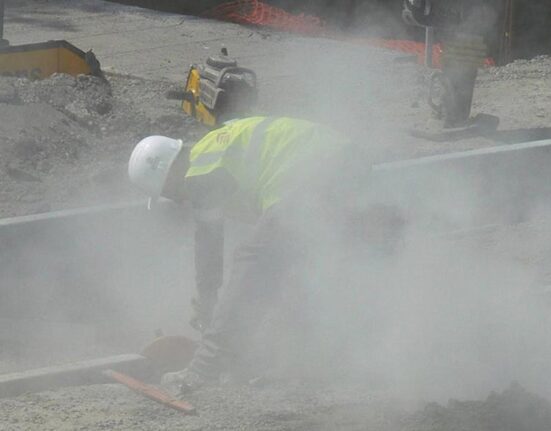Twenty-two-year-old Artem Motorniuk, a software developer from Ukraine’s Zaporizhzhia region, has a poignant story that reflects the harrowing reality faced by many in eastern Ukraine. Separated from his grandparents due to the ongoing conflict with Russia, he describes how they are “under occupation,” and communication is limited to brief phone calls once a month.
The war between Russia and Ukraine, which escalated significantly in February 2022, has left a trail of destruction across the country. Estimates indicate that over a million people have been killed or injured, while nearly 6 million are internally displaced and 5.7 million have sought refuge in neighboring European countries. The psychological impact on those who remain is profound, with reports of rockets striking dangerously close to populated areas like Zaporizhzhia.
Motorniuk recalls a tragic incident where children playing were killed by artillery shells—an example of the indiscriminate violence that has become all too common in the conflict. Entire towns have been razed, infrastructure demolished, and lives shattered by loss and displacement.
“They shoot rockets really close to Zaporizhzhia… [Last August] they hit in the place where children were just hanging around and killed four children.”
As the war enters its fourth year, the long-term costs are becoming increasingly apparent—not only in terms of human casualties but also concerning environmental devastation. The conflict has ravaged Ukraine’s landscapes and ecosystems with rocket fire, artillery shelling, landmines, and explosive devices leaving lasting scars on the country’s natural resources.
Impact on Ukraine’s Natural Resources
The ecological toll of warfare extends beyond immediate casualties to include significant damage to forests—vital carbon sinks essential for biodiversity conservation and climate change mitigation efforts. Over one-third of Ukraine’s carbon emissions stem from warfare activities—a staggering statistic that underscores the environmental crisis unfolding amidst armed conflict.
Fighting has led to devastating wildfires that have engulfed millions of acres of forested and agricultural land since February 2022. These fires not only destroy habitats but also pose risks to food security as crops are lost to battle-sparked blazes. The destruction wrought upon these vital ecosystems threatens not only flora and fauna but also jeopardizes critical food supplies for both military personnel and civilians caught in the crossfire.
“You cannot fly aircraft to suppress fire with water because that aircraft will be shot down.”
Amidst this chaos, efforts are underway by forestry scientists within Ukraine and abroad to study war-induced wildfires closely. Their aim is twofold: to assess forest degradation caused by conflicts like these and map unexploded ordnance that poses future risks even after peace is restored.
The Role of Forestry Scientists
Collaborative research initiatives seek to improve firefighting strategies by identifying high-risk areas prone to fires triggered by unexploded munitions lingering post-conflict. It’s a dangerous task given the unpredictable nature of wartime environments where every operation carries life-threatening risks for those involved.
Ukraine’s extensive forests hold strategic importance beyond their ecological value—they serve as physical refuges for populations fleeing conflict zones seeking safety among towering trees providing cover from enemy forces.









Leave feedback about this